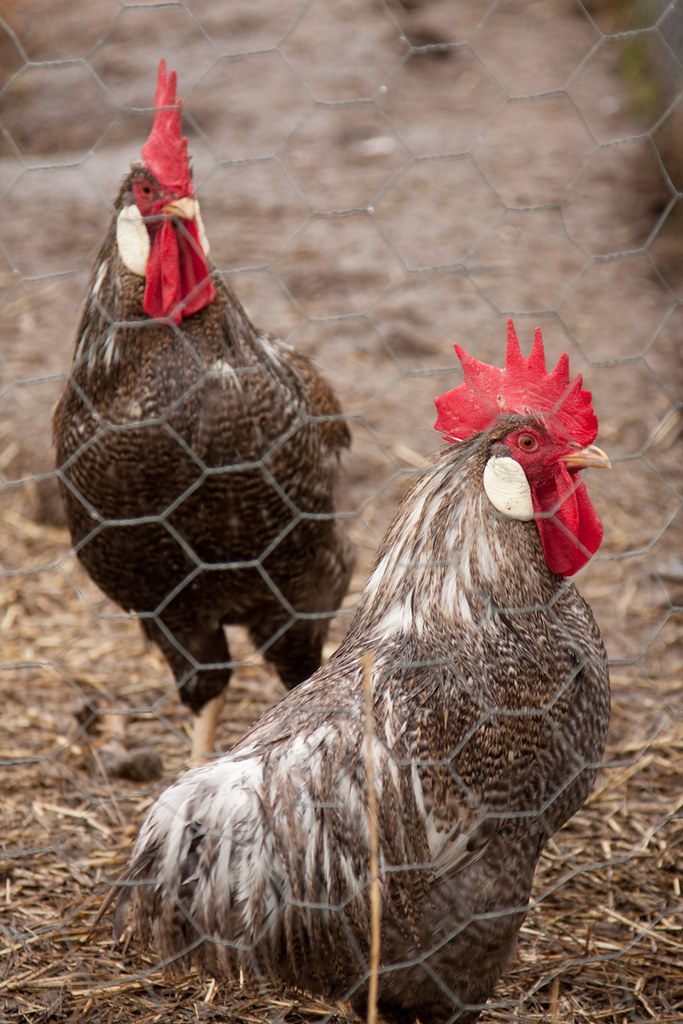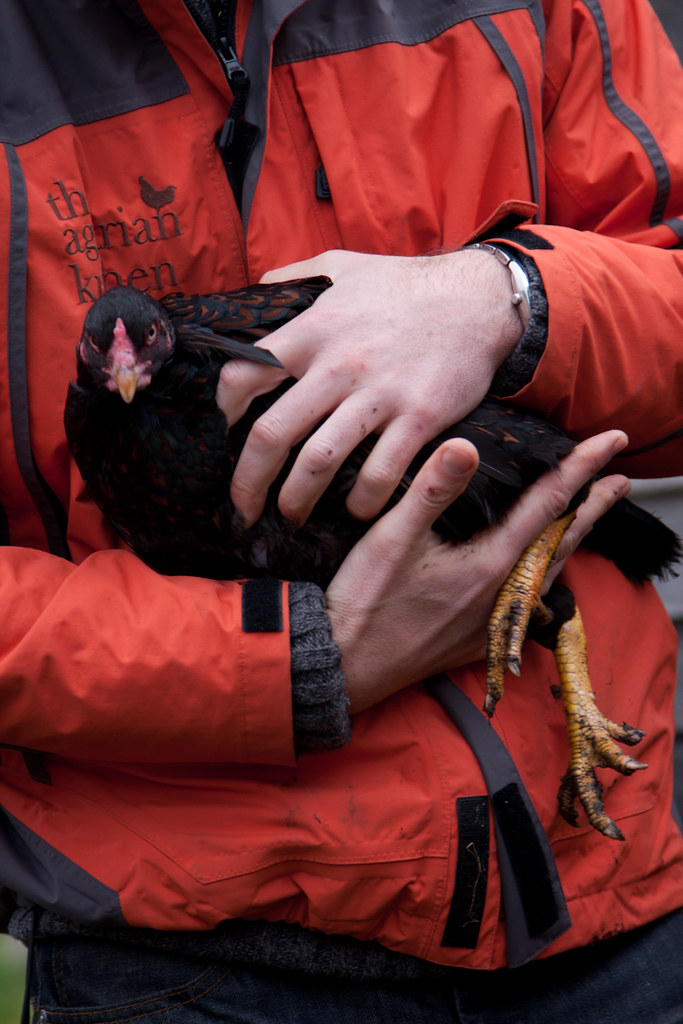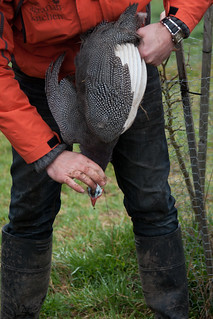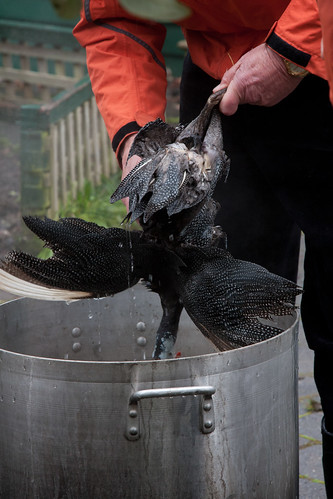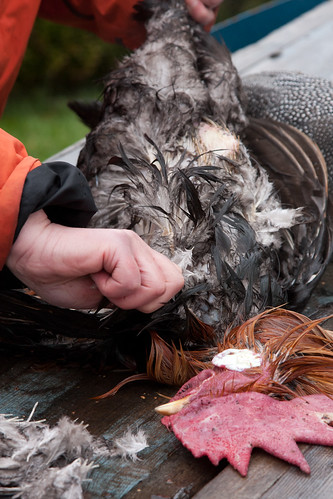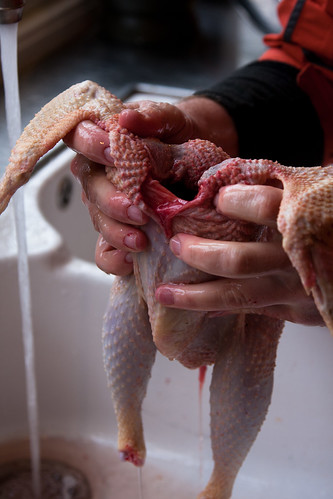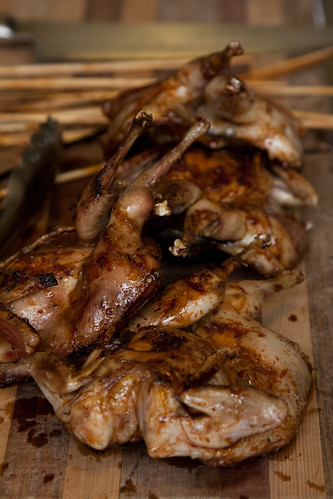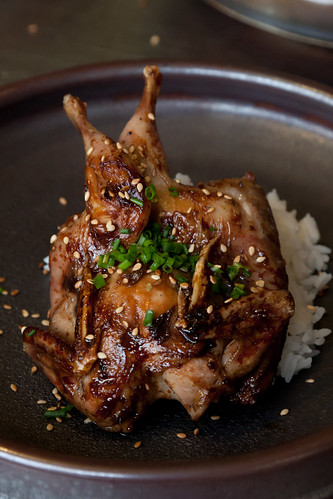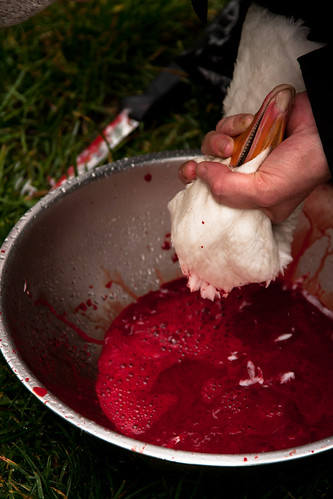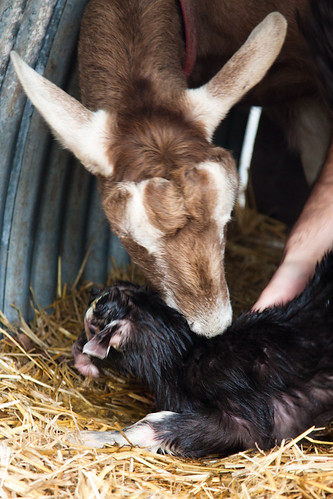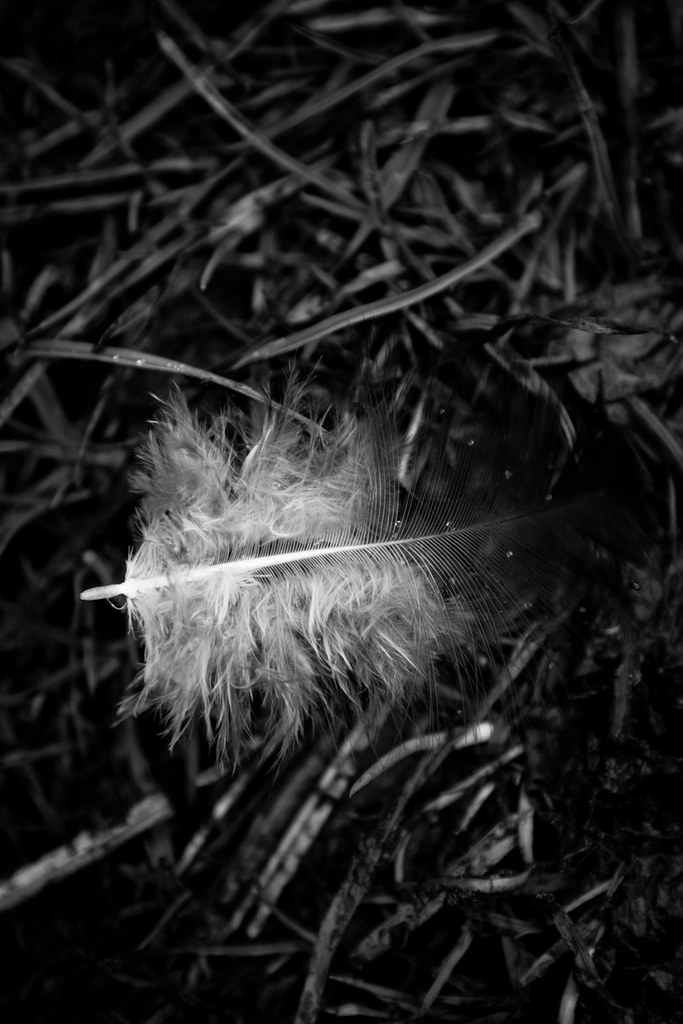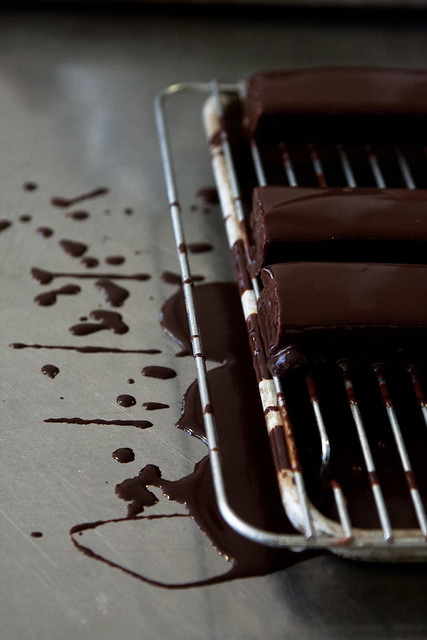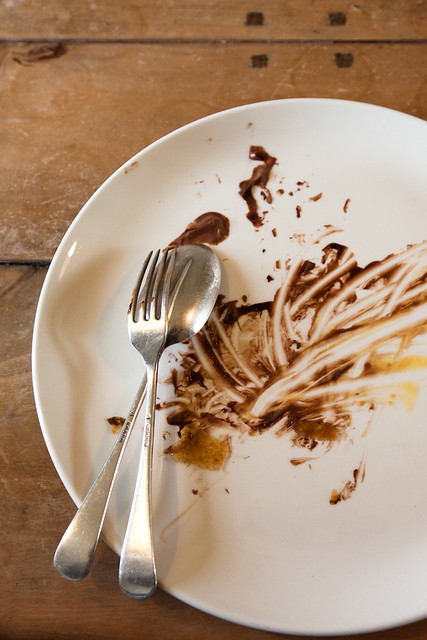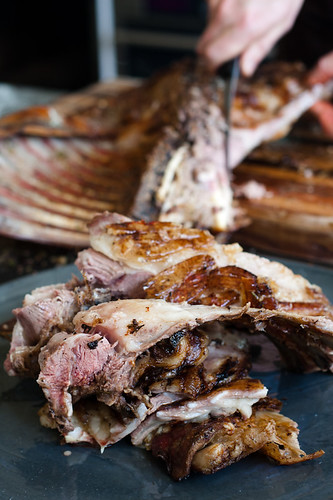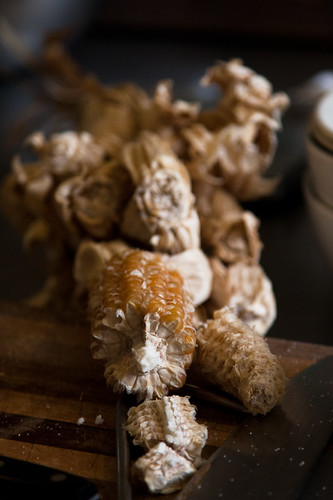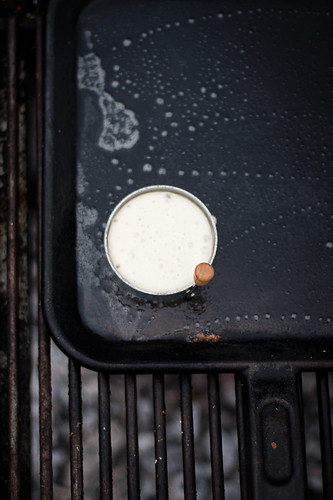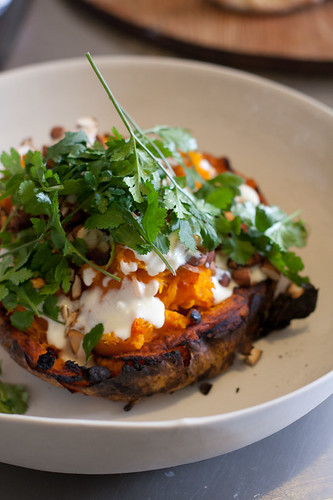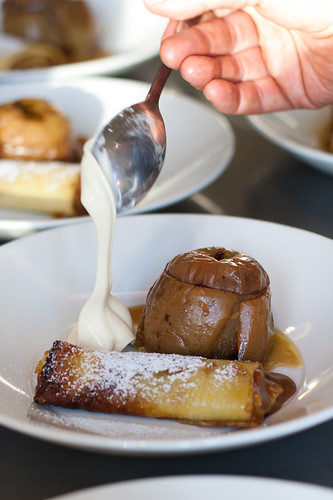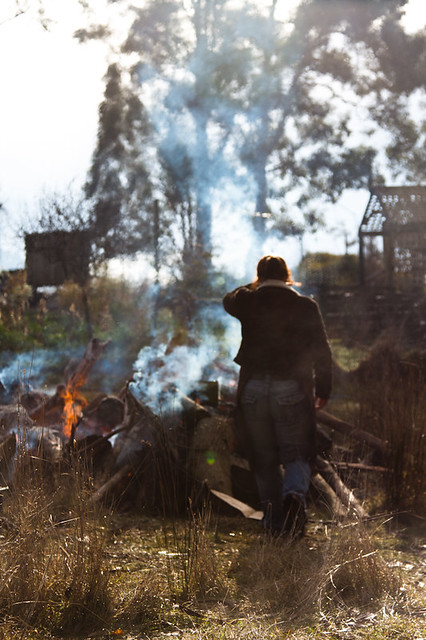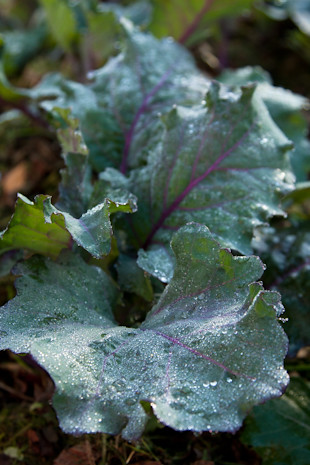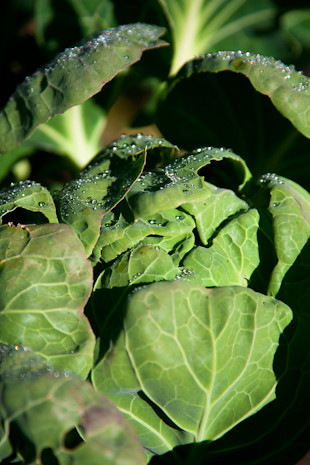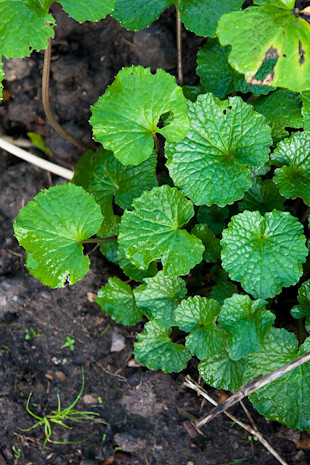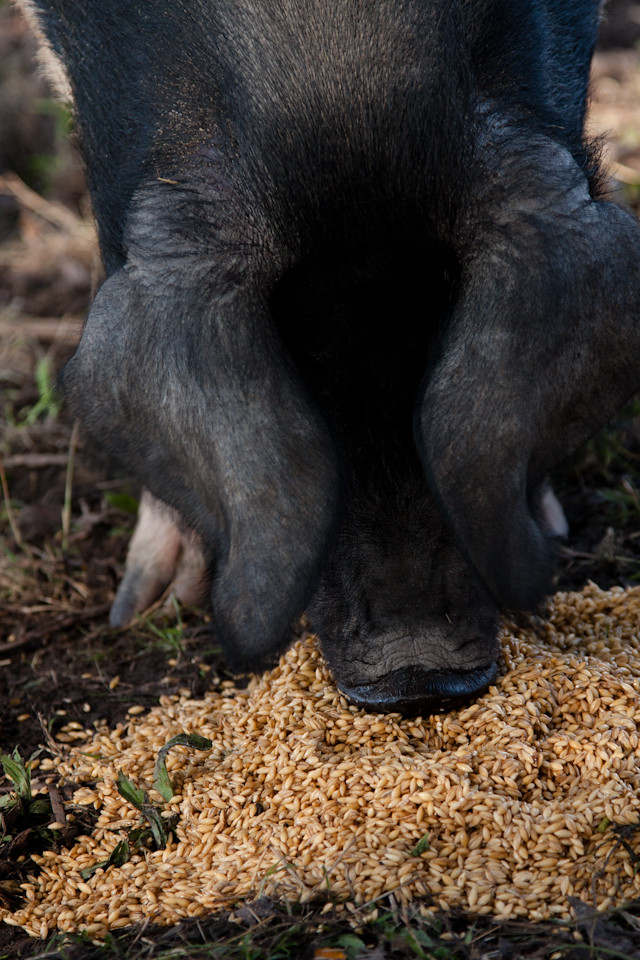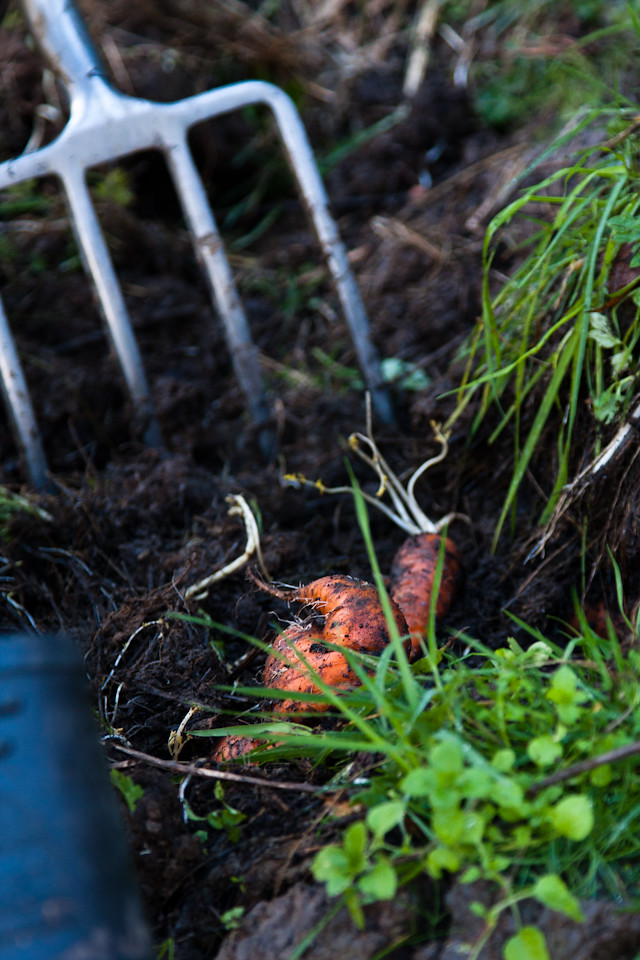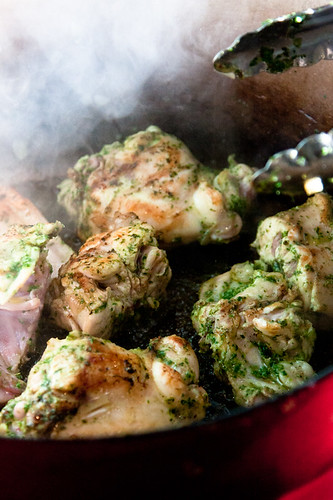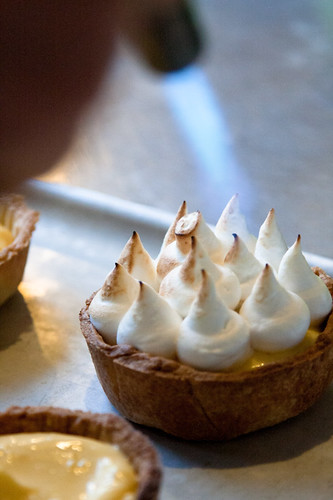My last class at the Agrarian Kitchen was the Birds of a Feather. If you are squeamish, then I would advice skipping this post. However, if you want to find out how to harvest your own animals, then read on.
I want to focus on the process of how to dispatch these animals, because I that's what eating meat is all about. Something has to die, so that we can eat, plant or otherwise. Part of me was a little reluctant on attending. I wasn't sure how I would feel, but I am so glad I did go.
It was a revelation.
The act of witnessing the death of an animal connects you to the source of food instantly, much like picking vegetables straight from the garden. Meat, is suddenly not neatly packaged and boneless. It was running around a few minutes ago. It had a face. Eating this way demanded respect from me, and I want to do nothing less than to eat the animal in full. Wasting any was not an option and I wanted to use as many parts as I could. Not only is this respectful, it's also economical. Seek out the cheaper cuts and with a bit time and effort, they are delicious in their own right.
If you haven't seen the Anatomy of Thrift, then please go and see it, now. It's a really beautiful thing to watch. The ethics of eating meat is a
But, enough ranting and back to the class... We first learnt how to handle birds. To hold them, lift them up and slide a hand under their belly and allow their legs to come through between your fingers. A chicken was passed around for us to have a go at holding the bird. Once we had mastered holding, we were ready for the serious part of the class.
Guinea fowls were the first to be dispatched. To kill a small bird, grab hold of the bird's legs with one hand (like you are going to dangle them upside down), and the neck with the other hand. Quickly and with force, stretch the bird in opposite direction. The hand around the head, while holding the head down, pull it down and backwards. The idea is to snap the neck which kills the bird instantly. The bird by reflex may move around a bit, but the it is no longer conscious and no longer feels pain.
This a world away from industrial slaughter houses.
In a similar fashion, we also dispatched a few roosters, which would turn into delicious southern fried chicken the next day. Oh my god, fried in lard with a sprinkling of herb and spice. It was the best fried chicken I've ever had.
After dispatching the animals, we were ready to pluck them. There's a few ways to do this, dry plucking (as demonstrated here) and wet plucking as explained below.
Wet plucking starts with dunking the bird in hot but not boiling water (sorry, I've forgotten what temperature it's meant to be :/) for a minute or so. Feather should come off quite with a little tugging. If it is really stuck, dunk the bird back in for a little longer, and test again. It's a lot of work, and is best done outdoors. Expect feathers to be on your clothes, in your hair, mouth and on your hands. Persevere though, and you will soon be rewarded for your effort. As soon as the feather is cleaned, the bird instantly looks familiar.
Next, the internal organs are taken out. First, clear away the neck, and from that opening, take out the crop (a sandy sac that birds use to grind their food). Internal organs like the heart and lungs are also removed. One final rinse under the tab and it is (almost) ready for cooking. You may find a few stubborn hair on the bird. These can be removed using tweezers. It's... a test of patience. All the more respect when it comes to eating it.
We then took a break for lunch and we feasted on the guinea fowls that we've just dispatched, as well as a few quails from a local farmer, John (that's Stacey's dad!). I may have been a little distracted with lunch to take photos of all the food. I did get a picture of the quails though. It was sweet and delicious. As little as they look, these birds were surprisingly filling.
After lunch we had a few more goose to dispatch. Goose are such majestic and strong animals. Maybe it's because I saw them being killed, but I thought their feather looked especially white. Even in death, they still looked so beautiful. These birds are larger and much stronger than guinea fowls and roosters, and so a different technique is required.
Hold the animal down with your body weight using your knees (basically, you sit in them). Using one hand, bend the head up and back. Bending the head back gives access to the main vessel up the neck. Wield a knife with your free hand and give a quick firm slice on the exposed neck. Cut through the skin and the animal should begin to bleed. Having a ready bowl and garbage bag laid out on the ground makes clean up easier. The animal will definitely struggle, but after a few minutes it will subside.
Then it's more plucking... and more plucking... and a bit more plucking... There's a secret to plucking a goose, but I'll leave that as a surprise for those attending the class ;) There was so much goose down everywhere, and it would have make a nice doona, or pillow. In fact, I think Rodney mentioned that there is a place that collecta excess feather. With all the plucking and cleaning done, the prepared birds were put away to the cool room, ready to be cooked the next day.
And that's all there is to dispatching. There is nothing to be afraid of and nothing to be taken for granted.
It wasn't all just about death though. In the middle of the class, Rodney was called out to see one of the goat. She had just given birth to two new kids and we hurried out to see them. The kids had were still damp and yet to find their way on their feet. The mother just began to nurse them by licking them clean. This was the closest I've been to see anything give birth. The mother goat, in one hilarious moment of confusion, tried to lick Rodney's face clean! It's a reminder the farming is not just about the end result. Caring for the well being of these animals is also a big part too.
Life and death on the same day. It was so blindingly intense, I will remember this class forever.
Thank you to Rodney and Severine for being so brave to hold a class like this. It may not be everyone's cup of tea, and I dread to think the criticism you might have gotten. All of your classes has taught me to think real food, and where it comes from. The reconnection, even though I was somewhat reluctant, has been made. And for that, I cannot thank you enough.
